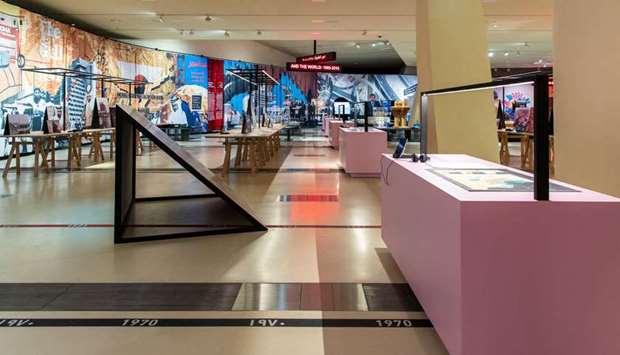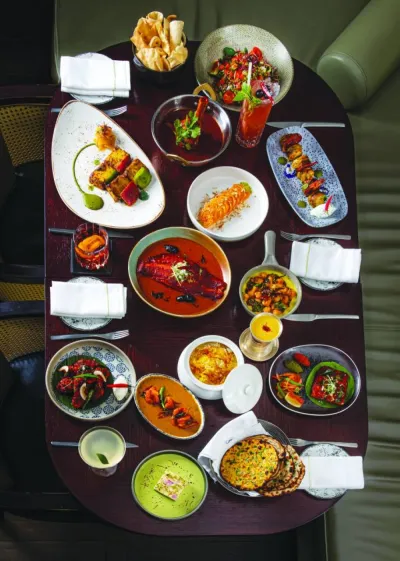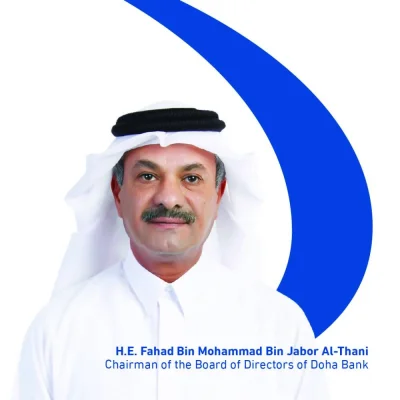Qatar has a diverse demography. As the country made its amazing progress slowly and steadily, its residents became more and more diverse.
The people who live in Doha or those who visit the cosmopolitan city have always been keen to learn how the landscape got transformed.

The residents and the visitors alike have a great opportunity to learn about how Doha got developed and continue to leap forward. The ‘Making Doha: 1950 – 2030’ exhibition is going on at Temporary Exhibition Gallery in National Museum of Qatar. The exhibition that started in March will close on August 30.
Curated by Rem Koolhaas, Samir Bantal and Fatma Al Sehlawi, the exhibition was launched on the eve of the National Museum of Qatar inauguration.

The exhibition reflects on the process of urbanism rather than its outcome. For the first time, Doha’s evolution is displayed as a retrospective through seventy years of archival photography, models, plans, films, historic and oral narratives.
This material was excavated by Qatar-based Atlas Bookstore research team from local and international institutional archives, complimented by interviews with state decision-makers, architects and city planners.

Designed by OMA/AMO, the exhibition examines how this capital city was assembled and how its construction affected the global discipline of architecture across four major chapters: Seeds of a Nation (1950–1971), Modern State (1971–1995), And the World (1995–2010) and Destination Qatar (2010–2030).

Doha is a metropolis put together with care; successive layers of ambition have not created a disjointed patchwork, but a functioning, original, livable whole. The city’s progressive, humanistic principles are translated by the leadership in state-led urban developments. Local, regional and international architects, eleven Pritzker laureates among them, have together constructed a bold modern city. Driven by foresight and institution building Doha is an unparalleled architectural ensemble.



